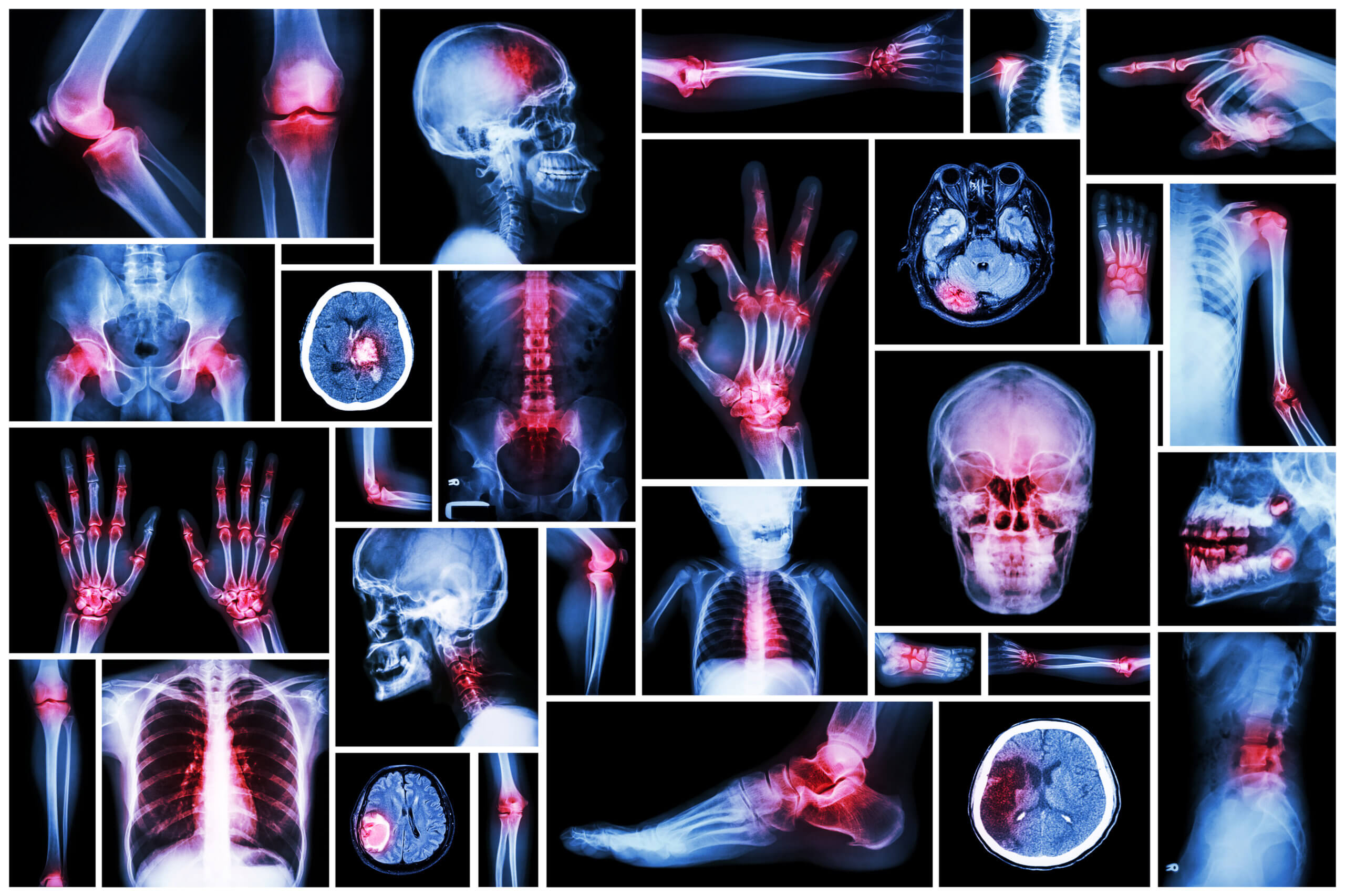
Invisible Illness: how do you get others to “see” what is happening to you on the inside?
If it hasn’t happened to them, they have no idea what is going on. But, a lot of them have an opinion about how you are; how you should or should not feel. Even if they have experienced it, it may not be the same as how you experience it.
March 9, 2022
We are all different. Our life experiences are different. Our pain tolerance is different. Our bodies are different. Sure, they are comparable, but they are not exact. We metabolize foods and medications differently or not at all. So many variables affect our immune system. So many things affect the inflammation inside of our bodies.
Biological processes are variable. Cultural traits are different. Genetic make-ups are different. We all have special qualities. We have our own body type.
When did healthy become based on appearance?
You can be really thin and be very unhealthy. You can be overweight and be really healthy. People of all shapes, sizes, weights, can either be healthy or unhealthy. You are in your body 24/7 how do you feel and what is going on with you? Is your body nourished with the foods that it needs? I am not talking about stress eating or emotional behaviors, just plain old giving your body what it needs to function at its highest level. Food, hydration, rest, activity and sleep are all important for a healthy body.
What happens when a body has an autoimmune disorder? An autoimmune disorder is a condition when your own immune system mistakenly attacks your body. It destroys healthy body tissue by mistake.
What happens inside the body of one with an autoimmune disorder
How would you think a person might feel while all of this is going on inside their body? They have pain, tiredness, fatigue, nausea, rashes, headaches, dizziness and more depending on what disease they have. They feel these things, All-of-the-time, because they have these things all-of-the-time. It would be rare for them to not to feel bad because their body is under attack.
My hope is that these folks are working with their doctors and other health care providers to find out what works best for them and their needs. To have the best quality of life possible. I only want folks to take the medications that they need. To use other means to help manage their conditions. Nutrition, hydration, strengthening, mindfulness-based stress reduction meditation, stretching, rest and activity. It takes all of these things plus medications to improve quality of life.
I get it. It is hard to do all of these things, work full-time, have a family life, friends, etc. Don’t look at it as giving things up. Look at it as caring for yourself to improve your energy and strength so you can spend more time with those that you love and do the things that you enjoy doing. Your friends and family can do all of those things with you, except, take your medication. It is probably easier to have a work-out buddy to keep you engaged and committed to the routine. That is the key anyway. It will become a routine and then a habit. Once it is a habit, you no longer have to use a lot of brain energy to figure out all the particulars.
Chronic disease is hard on everyone
Living with a chronic disease is hard. It is hard on the person that has it and it is hard on those that love them. It sucks to make plans and then they get cancelled because of a flare-up or a bad day. Once or twice, you can usually get over it, but more than that, it begins taking a toll on all involved.
No body wants to make plans because they get cancelled. A wall begins to build up. Everybody is pissed and nobody is talking to nobody about the elephant in the room. Maybe, it is because you don’t want each other to feel bad? Maybe, it’s because, you know that sometimes shit happens and you have to adjust.
It is great to realize all of that. You must also talk with each other about it. How you see things, how it makes you feel and what you want. You aren’t really mad at each other; you are mad at the situation. If you are mad at each other, I suggest you go and get counseling now. It does not matter if it is a partner relationship or a friend relationship, you do need help in navigating these issues.
Non-medical messy side of chronic disease
Too often, only the medical side is addressed. No body wants to deal with the messy part of a chronic illness. The parts that leave families strained and sometimes broken. You have to deal with the messy parts. Once you do and you have a workable plan, it can make all the difference in your relationships. It is not easy, but the results are worth it. In my business, I deal with the medical side and most parts of the messy side. If you need a therapist, I will recommend that.
Learning and understanding what is truly going on with a person that has a chronic illness is eye opening. Being able to modify plans or activities will improve relationships. You want them at their best, so what are you going to do to help them get to their best? Can you relate to what they are experiencing?
Pain is subjective. We all have different tolerances and what may be a 10 (the absolute worst pain you have ever had) may be a 3 or 4 (mild to moderate) to me. I am sure you have heard people state that they have had a kidney stone and it was the worst pain possible. It has to be worse than having a baby. Why? Because you “say so?” Because the pain you experienced was the worst pain in your life does not mean that it was worse than the pain of childbirth. Some of you mom’s that have had both can speak to this. I have heard a few moms say that childbirth pain was the worst and I have heard a few moms say that the kidney stone pain was worse.
Chase the Rabbit
Here comes a rabbit chasing. No one needs to suffer from uncontrolled pain. I understand that all pain cannot be eliminated and that is not really the goal of treating chronic pain. We treat chronic pain to help those with that type of pain to live the best quality of life possible. An active life. A fulfilling life. Managing the pain to a tolerable level is the goal. Treating chronic pain takes a multi-prong approach. Medication alone will not provide the relief needed. Strength training is one way to reduce pain. Running or walking is another way to reduce pain. Eating for nutritional needs, is yet, another way to reduce pain. Hydrating every day is another way to reduce the pain. It is all connected. Yes, I know there are many different types of pain. Thus, the multi-prong approach. I don’t believe in cookie cutter approaches to treating pain. People are different, their pain is different, their tolerances are different, medications work for some, but do not work for others. It is very easy to get frustrated when every thing that you try does not work. I use a combination approach with my clients and that seems to work better for pain relief and pain control. It will take effort, some fine tuning to the plans to get the right combination that works for you, but it will be worth it. Rabbit chasing over, for now.
After a while, folks just give up. The one with the chronic illness and the one without the chronic illness, just give up. If your loved one has a chronic illness, help them to become they best they can be. Encourage them to take back control of their life. Help them to focus on the solutions and not the freaking problems. What can they do? What can they improve? What will it take to help them? You can’t make them, but you can encourage them, believe in them and help them when they ask. You can’t do it for them and they do get to decide what they will or won’t do.
To the one without the chronic illness, you need to take a look at your beliefs about the one that has the chronic illness. This may get ugly. Do you understand what they go through every day? Do you understand that they feel like they let everybody down? Do you understand your part in not being able to go and do? Are you becoming an enabler to their lack of action or lack of participating in activities? There are other things, but you get the idea.
Don’t give up! There are things to try. There are things that will make your life easier. Get ready to look forward to activities again. Yes, you have to think about getting ready. You have to reason it out in your mind. The negatives will come rushing at you. All of the “you have tried this and it didn’t work,” thoughts will flood your mind. It may not have worked then, but it is possible that it will work now by doing “x,y and z.” If you are not open to the possibility that things can get better and actually be better, then they won’t.
Who do you need on your healthcare team?
Who do you need to add to your health care team? Me? A sports psychologist? A nutritionist? A therapist/psychologist? A trainer? A workout partner? A deal with my anger and other emotions therapist?
An autoimmune disorder may cause destruction of body tissue, may cause an abnormal growth of an organ, or even cause changes in organ function. The areas most often targeted are blood vessels, connective tissue, joints, muscles, your skin, red blood cells, your thyroid or your pancreas and other endocrine glands.
Very few of these disorders can be seen. It is all happening inside the body.
Here are some of the most notable autoimmune disorders:
Next time, we will touch on other non-visible health conditions such as migraine, depression, heart disease, etc.
-
- Celiac disease – sprue (gluten-sensitive enteropathy)
-
- Dermatomyositis (muscle weakness, swelling, tenderness)
-
- Reactive arthritis (happens after in infection)
-
- Crohn’s disease
-
- Lyme disease
-
- Narcolepsy (looks more and more like an autoimmune disorder)
-
- Psoriatic arthritis
-
- Raynaud’s syndrome
- Ulcerative colitis
Pat


